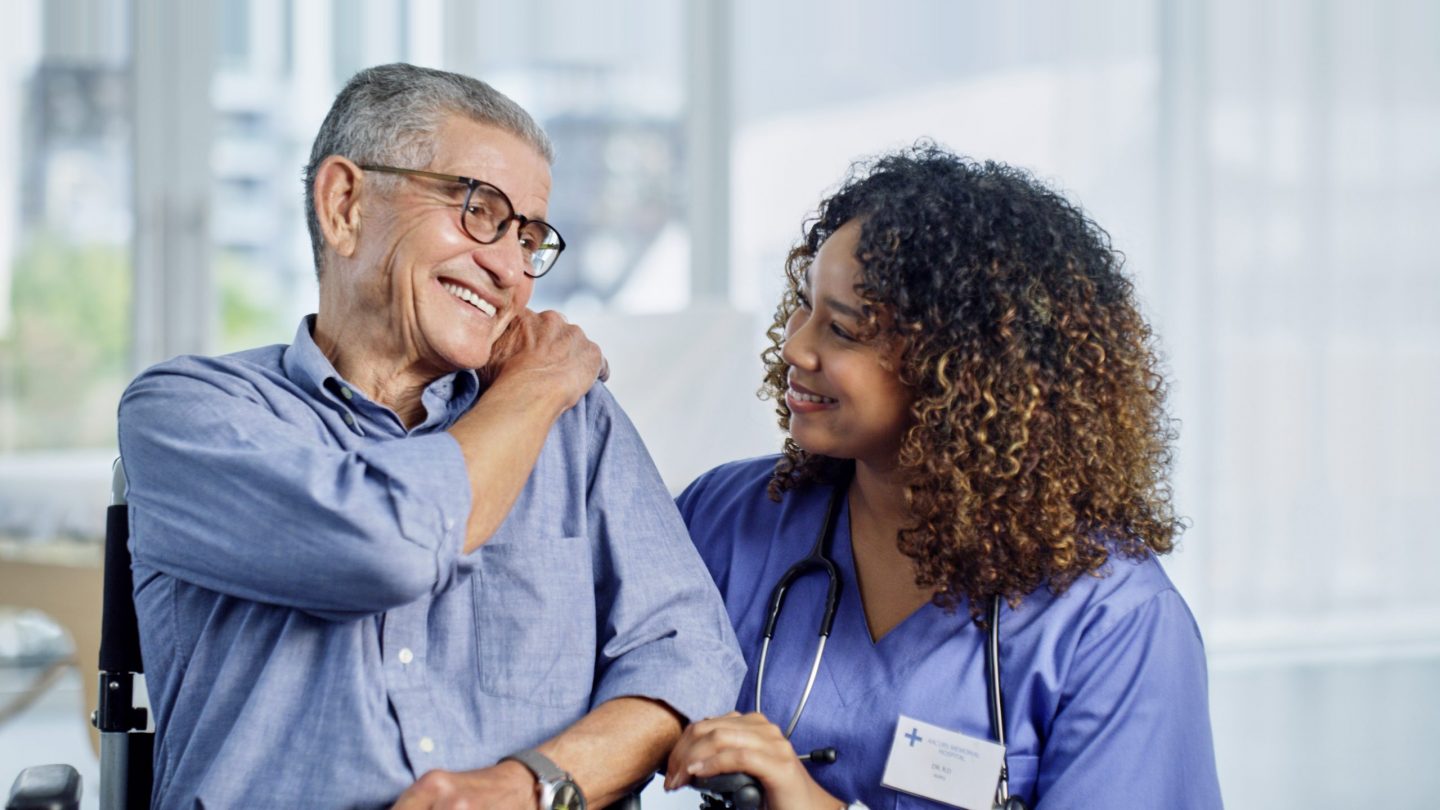Computed Tomography (CT)
A computed tomography (CT) scan combines a series of X-ray images taken from different angles around the body and uses computer processing to create cross-sectional images, known as slices, of the bones, blood vessels and soft tissues.
A CT scan has many uses, but it’s particularly useful for diagnosing people who may have internal injuries from car accidents or other types of trauma.
How does it work?
Contrast dye is needed for some CT scans to help highlight the areas of the body being examined. The contrast material blocks X-rays and appears white on images, which can help emphasize blood vessels, intestines or other structures.
CT scanners are shaped like a large doughnut standing on its side. The patient will lie on a narrow, motorized table that slides through the opening into a tunnel.
While the table moves the patient into the scanner, detectors and the X-ray tube rotate around them. Each rotation yields several images of thin slices of the body. Buzzing and whirring noises are common.
What can I expect after treatment?
After the exam patients can return to their normal routine. If contrast material was administered, special instructions may be given.
